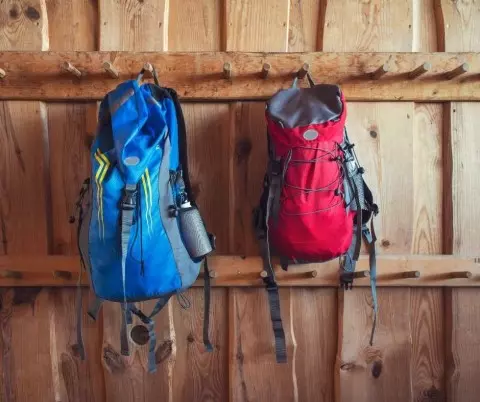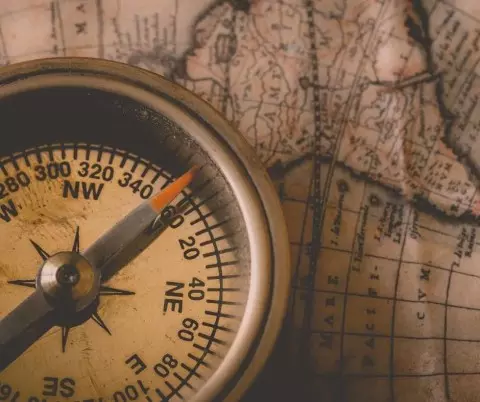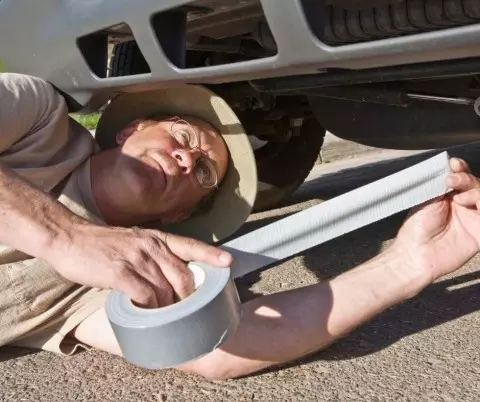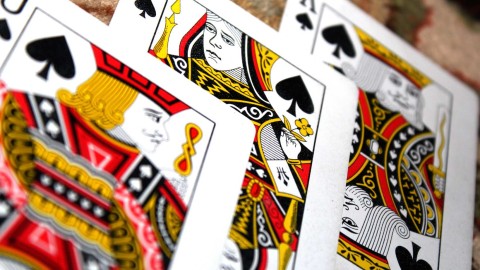NorCalPulse Humboldt
What to Put in Your Vehicle's Summer Emergency Kit
Even in the best of weather, Humboldt County roads are not the best places to find yourself needing assistance and of course, car trouble always comes at the worst moments. However, if you're prepared, getting through most issues can be much cheaper, easier and most importantly, safer.
Although there are some standard items that should be in every emergency kit, what goes in one often depends on each person's situation (distance, terrain, weather, known vehicle issues, etc). However, a well organized kit will make adjusting it as needed quick and easy.
Paperwork - A roadside emergency is not the most opportune time to be searching for insurance, registration or emergency contact information. It's important to keep a written list of emergency contact numbers in your kit in case of a dead or broken cell phone.
Backpack - A good Backpack or duffle bag is a great starting point for any kit. It will help keep things compact, organized and easy to store in your car. It will also be especially helpful in the event you have to grab a few things and walk for help.
Headlamp / Flashlight / Batteries - A headlamp allows you to keep both hands free but a good flashlight will generally offer more lumens (total amount of light). We keep one of each in our kit. Extra batteries are a must.
Wheel Wrench and Jack - Official statistics vary but they all say the same thing; many roadside vehicle issues are tire related. Having the tools and the knowledge to change a tire can solve a lot of problems.
Tire Pressure Gauge / Sealant / Tire Inflator - Although sealants are not a permanent fix to a flat tire, they can be especially useful if you need to travel a short distance to remove yourself from a dangerous situation and/or get help. There are a number of inexpensive tire inflators on the market and some power boxes are even equipped with them.
Related Article --> Taking a Road Trip? 15 Things to Check Before You Leave
Power Box or Jumper Cables - There are a number of small, yet quality power boxes on the market that can jump-start your vehicle, charge your phone or other devices and even pump-up tires. A solid pair of jumper cables can also help you wiggle out of a jam.
Printed Map / Compass - Internet service is not always available and a printed map can assist you in finding your way to help; especially in areas where you're less familiar.
1st Aid Kit - You never know.
Whistle - The pitch of a whistle can cut through rain and wind to attract attention and takes up almost no room in your bag. It's also helpful in scaring away any animals who may be interested in your situation.
Foldable Shovel - These are really good for everything from clearing debris around the car to filling in gaps where tires may get stuck. Foldable shovels are light, compact and vey useful.
Basic Took Kit - For the most part, you only need to carry the basics with you. A good wrench, a couple of screwdrivers, hammer, some duct tape, zip ties and perhaps a rope should help in most situations.
Flares / Safety Rectangles - Low visibility and dark, windy roads make these a necessity in any emergency kit. Rare is the Humboldt road that offers enough room for a vehicle to sit stranded without giving other drivers as much notice as possible.
Reflective Vest - Don't go through all the trouble of being prepared and handling your business only to be clipped by a car that doesn't see you.
Glow Sticks - Glow sticks may be a bit of overkill but at night, the colorful light may attract more attention than a flashlight and they can also come in handy as road flares to alert oncoming traffic of an issue.
Gloves - Warmer hands are more productive hands and they will also reduce the chances of cuts and scrapes while dealing with engine problems or other issues.
Blanket or Sleeping Bag - In an extreme case, you may be stuck for a while before help arrives and it can get cold on the coast.
Rags - Rags are the unsung hero of any emergency kit. Wiping up fluids, cleaning your hands and working on your engine are just some of the reasons to keep a few in the car.
Rain Pancho - On the North Coast, the chance for rain is always there. Getting soaked can only complicate whatever car issue you're having that caused you to get soaked in the first place and once you're wet, cold will follow.
Entertainment - If you're going to be stuck a while, having some entertainment on-hand can make the wait seem shorter and will help keep spirits up.
Food - Dealing with a roadside issue and hungry? No, thanks. Protein bars and canned foods that have distant expiration dates work best but if you're good at checking your stock, you have more flexibility in what to bring.
Water - Another versatile component of any emergency kit. It keeps you alive but can also clean wounds, remove dirt, cool your car, clear windows and take on other important tasks.
What do you keep in your vehicle's Winter Emergency Kit? Let us know in the comments.












Comments